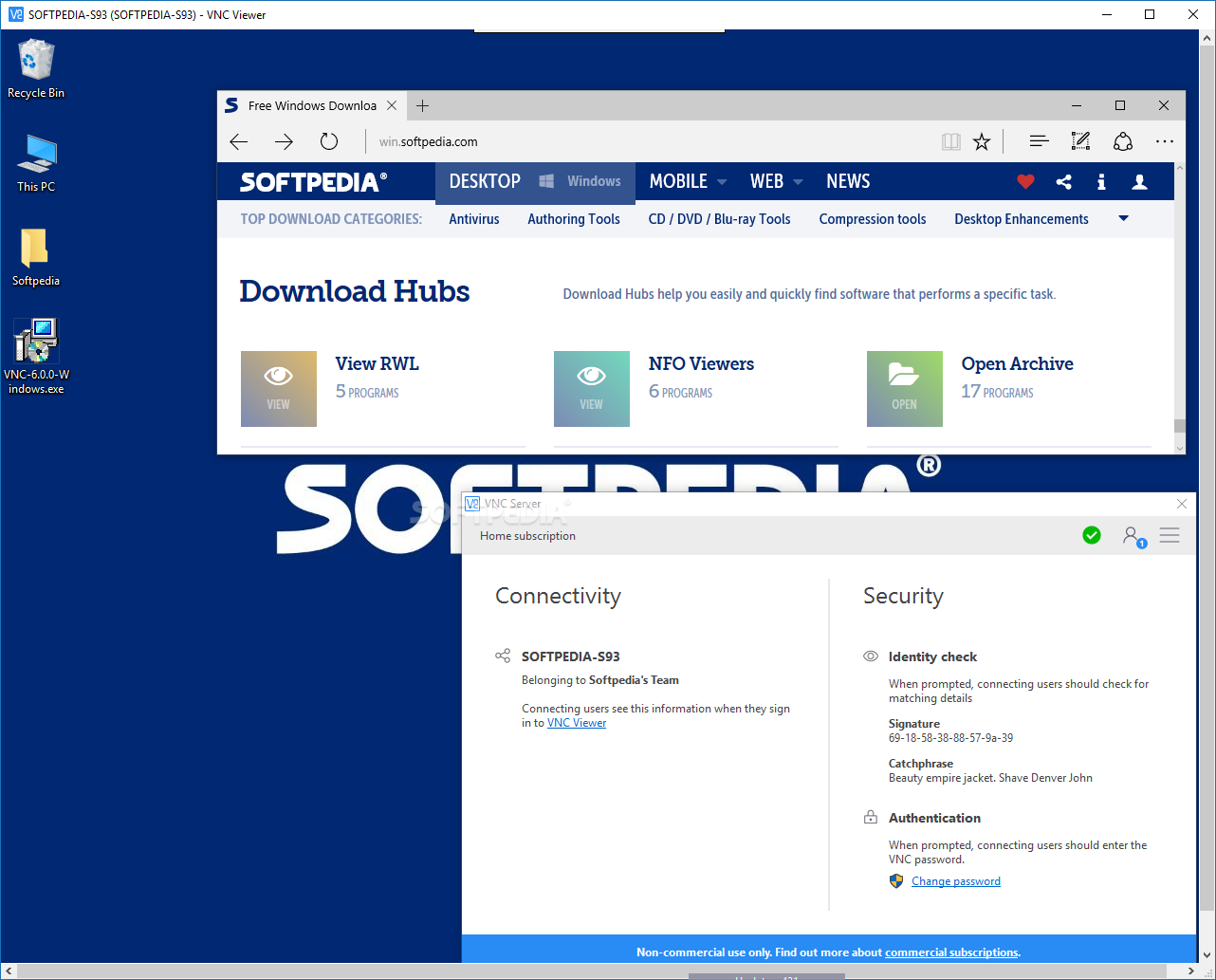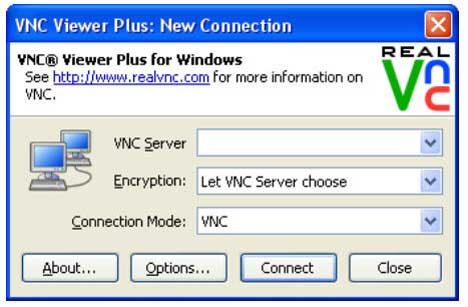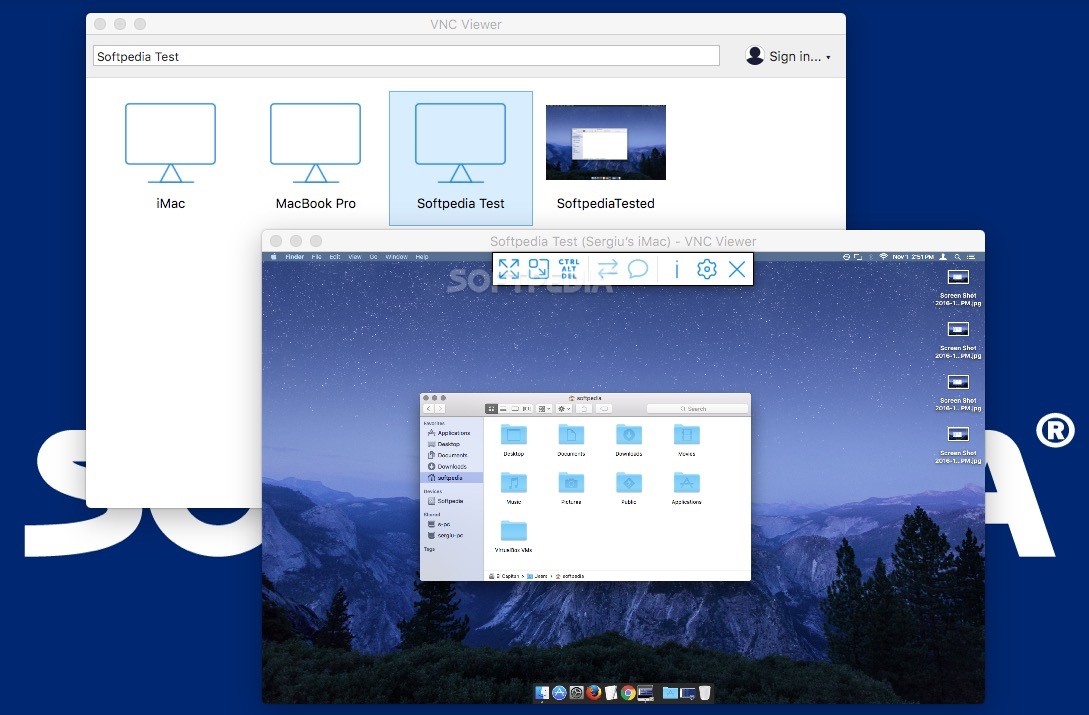
The default port used for VNC is 5900 – you can increase your security by changing it to another port. One important setting you’ll want to change is the ports TightVNC uses. You can use the TightVNC Service – Control Interface option in your Start menu to configure your server.
#Vnc viewer windows 10 windows
(Of course, you can always disable the service manually.) It also automatically allows itself in the Windows firewall – if you use a different firewall, ensure that the firewall isn’t blocking TightVNC or you won’t be able to connect.īe sure to secure your VNC with a strong password, especially if you’re exposing your VNC server to the Internet!Īfter the quick installation process, TightVNC will now be running on your computer. I've been down that road before, it did not work well as Ubuntu is now very closely aligned with GNOME.TightVNC installs itself as a system service by default, so it will always be running in the background as long as your computer is on. But I suspect that KDE on Ubuntu 20 is hopeless. I'd like to find a working config much more like the TightVNC remote/ vncserver server combo, that really worked fine. I know that TightVNC can work very well with vncserver on KDE (we have a client who has set that up for us on a CentOS6 box), but with Ubuntu 20 it's trying to work with GNOME at least by default. The only one that I actually got to work to the point where I could remote-control my Ubuntu 20 box was NoMachine, which has a very well-polished shell, it's much like a cross between GoToMeeting and Windows Remote Desktop but it's not nearly as seamless as either one and it still relies on X for the remote display. So your X configuration will be the make or break point of how well this works. If you can get this option to work, please let me know.Ī fourth option is to just believe MS when it says that Win10 is effectively Linux :)Īnyway I've tried all of these options now, and they are all based on X, when connecting from Win10 to Ubuntu.
#Vnc viewer windows 10 install
"Another solution might be to install on Linux a server for the Remote Desktop protocol of Windows. I've never heard of NoMachine so I'm sure that it's Russian spyware. Windows desktop but an X window desktop to the user. Unlike Windows NT/2000/2003/2008/2012 server, xrdp will not display a

Terminal server, capable of accepting connections from rdesktop,įreerdp, and Microsoft's own terminal server / remote desktop clients. The goal of this project is to provide a fully functional Linux Did we say NoMachine is free? No strings attached.Īnother solution might be to install on Linux a server for theīased on the work of FreeRDP and rdesktop, xrdp uses the remoteĭesktop protocol to present a GUI to the user. Get to any computer in the world in just a few clicks! Take what's important where you go and share with who you want! NoMachine is your own personal server, private and secure. Thanks to our NX technology, NoMachine is the fastest and highest quality remote desktop you have ever tried.

Go from your desktop to any NoMachine-enabled computer at the speed of light. See this Ubuntu Community Help Wiki for a list of such servers :Īnother alternative is the cross-platform The solution might be to use another VNC server than the default one.

I don't believe that after four years this bug will be solved any time soon. This bug is still present in Ubuntu18, and it makes for a The last entry in the bug report dates from :Ĭommon guys. This bug dates from 2014 and has not yet been treated.

Bug #1281250 : VNC accessible from non-linux machines only with encryption disabled.


 0 kommentar(er)
0 kommentar(er)
